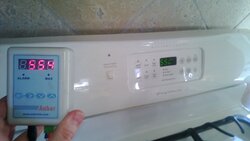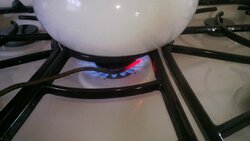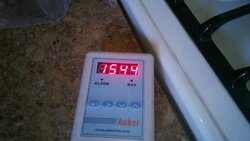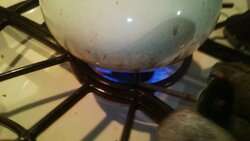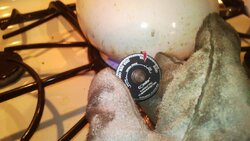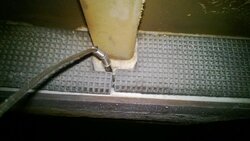Ashful
Minister of Fire
Just so I understand completely, the front of the cat is the inlet? That seems very odd to me, as -- aside from some radiation -- I'd expect temps to be fairly cool on the inlet side of the cat.
It is surprising the two different probes read very differently, but it sounded like you have a few readings that agree with the thermocouple, and they all disagree with the old mechanical Condar. Are you sure that one is not just wrong?
It is surprising the two different probes read very differently, but it sounded like you have a few readings that agree with the thermocouple, and they all disagree with the old mechanical Condar. Are you sure that one is not just wrong?


